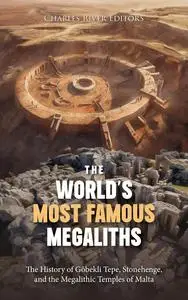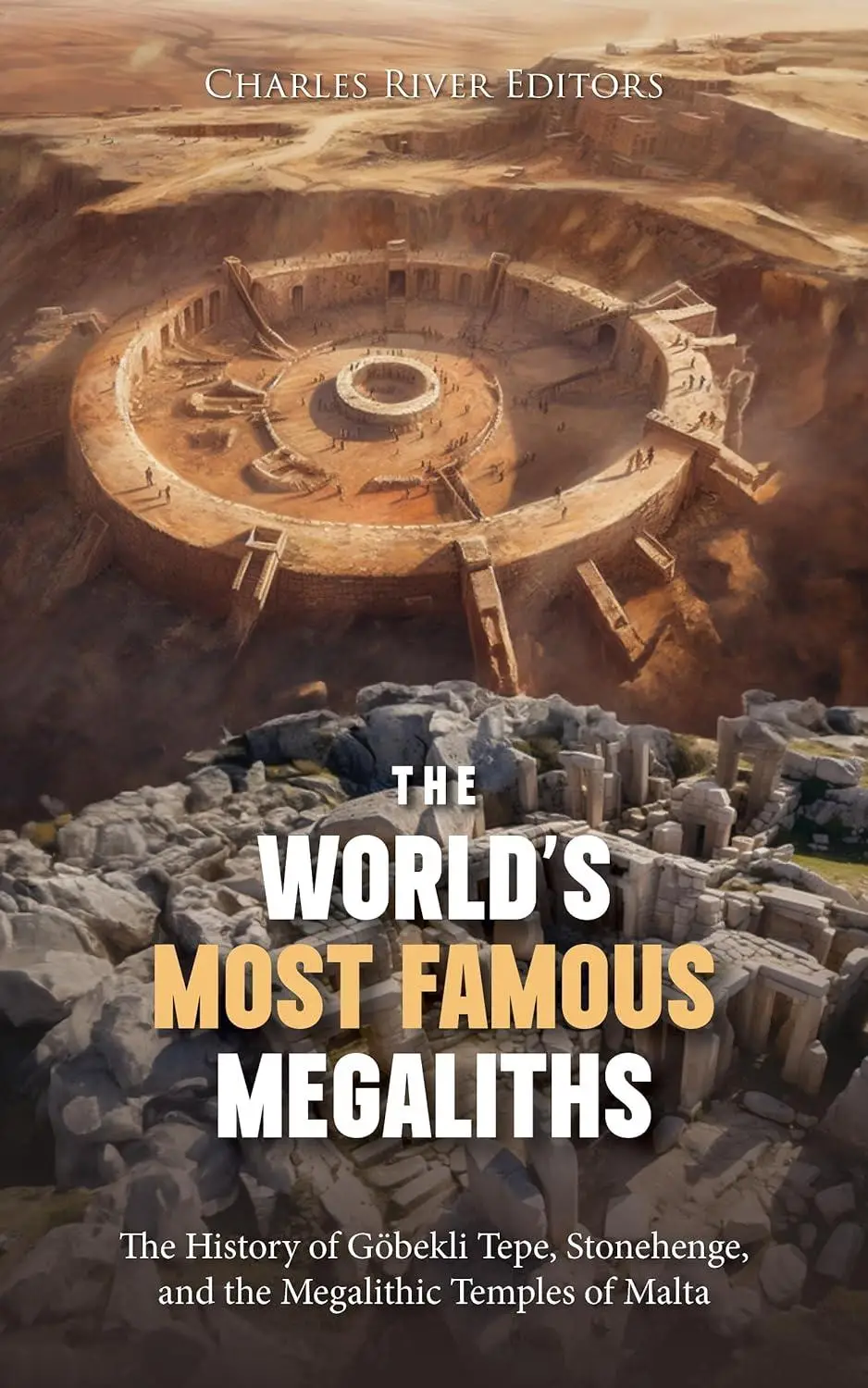The World’s Most Famous Megaliths: The History of Göbekli Tepe, Stonehenge, and the Megalithic Temples of Malta by Charles River Editors
English | December 19, 2023 | ISBN: N/A | ASIN: B0CQQ5RK7B | 167 pages | EPUB | 24 Mb
English | December 19, 2023 | ISBN: N/A | ASIN: B0CQQ5RK7B | 167 pages | EPUB | 24 Mb
Despite the fact some Neolithic communities grew to considerable sizes, they’re typically not considered when people think of the first ancient civilizations or the first major cities, so when German archaeologists discovered the archaeological site of Göbekli Tepe in southeastern Turkey in the 1990s, it created an academic firestorm that is still raging. Far from being just another settlement, Göbekli Tepe has been described as the world’s first temple and perhaps one of the locations where human civilization began. Subsequent archaeological work at Göbekli Tepe has revealed that the site was a spiritual center for the local population during a time when humans were undergoing a transition as hunter-gatherers in the Paleolithic Period to a more sedentary lifestyle in the Neolithic Period, more than 10,000 years ago. Further research in the disciplines of anthropology, religion, and history indicate that the activity at Göbekli Tepe subsequently set the tone for elements of Neolithic and Bronze Age religion and ideology in the Near East, especially in Anatolia (roughly equivalent with modern Turkey).
Although many elements of Göbekli Tepe’s history remain an enigma, and probably will in the future due to the nature of the source material, the relatively recent work at the site has helped historians speculate about how Near Eastern people lived in the Mesolithic Period, how those lifestyles evolved, and how they contributed to the history of the era.
Of all the places in Europe that people might think would show traces of the early Bronze Age, the island of Malta is undoubtedly an unlikely location. Located in the middle of the Mediterranean Sea, almost equidistant between Europe and North Africa, Malta is known for its mild temperatures, friendly people, and nice beaches, but the small archipelago nation has a very long and unique history, having played a role in the rise and fall of several different empires. Crusader knights once made Malta their home and before them the Apostle Paul visited, bringing what was at the time the new religion of Christianity to the Maltese people. Before that, Malta was contested by the Carthaginians and Romans who viewed it as a vital logistical outpost in the middle of the Mediterranean. But Malta’s history goes back even much further, which can be witnessed by the numerous Neolithic and Bronze Age era megaliths that dot the island of Malta proper as well as the island of Gozo to the north.
Naturally, when European archaeologists began unearthing the megaliths of Malta in the 19th century, they did not know what to think, which led to a plethora of theories, many of them quite fantastic. At least 23 of these temples were uncovered, and speculation over who built them and why remained well into the 20th century.
Despite its placid, changeless appearance, Stonehenge has been a place of political, ideological and religious struggle for centuries. From the vigorous debates of 19th century theorists to the all-night dance parties of the 1980s, the history and legacy of Stonehenge is as much about the desires and fears of the people of modern Britain as it is about the ancients. Stonehenge has belonged to all of Britain's people since its construction began roughly 5,000 years ago, and they have all added to its unfolding story.
Of course, Stonehenge has long fascinated the rest of the world too, as people continue to try to understand every aspect of the site and the underlying purpose of it. This involves an understanding of why Stonehenge is located where it is, what the materials consist of, and what archaeology has uncovered about the people who built it. On top of that, Stonehenge is a center of mythology and folklore that has evolved over time, establishing the foundation for a unique spiritual belief system that both celebrates Stonehenge as a “living temple” and challenges the official guardians of the place.



